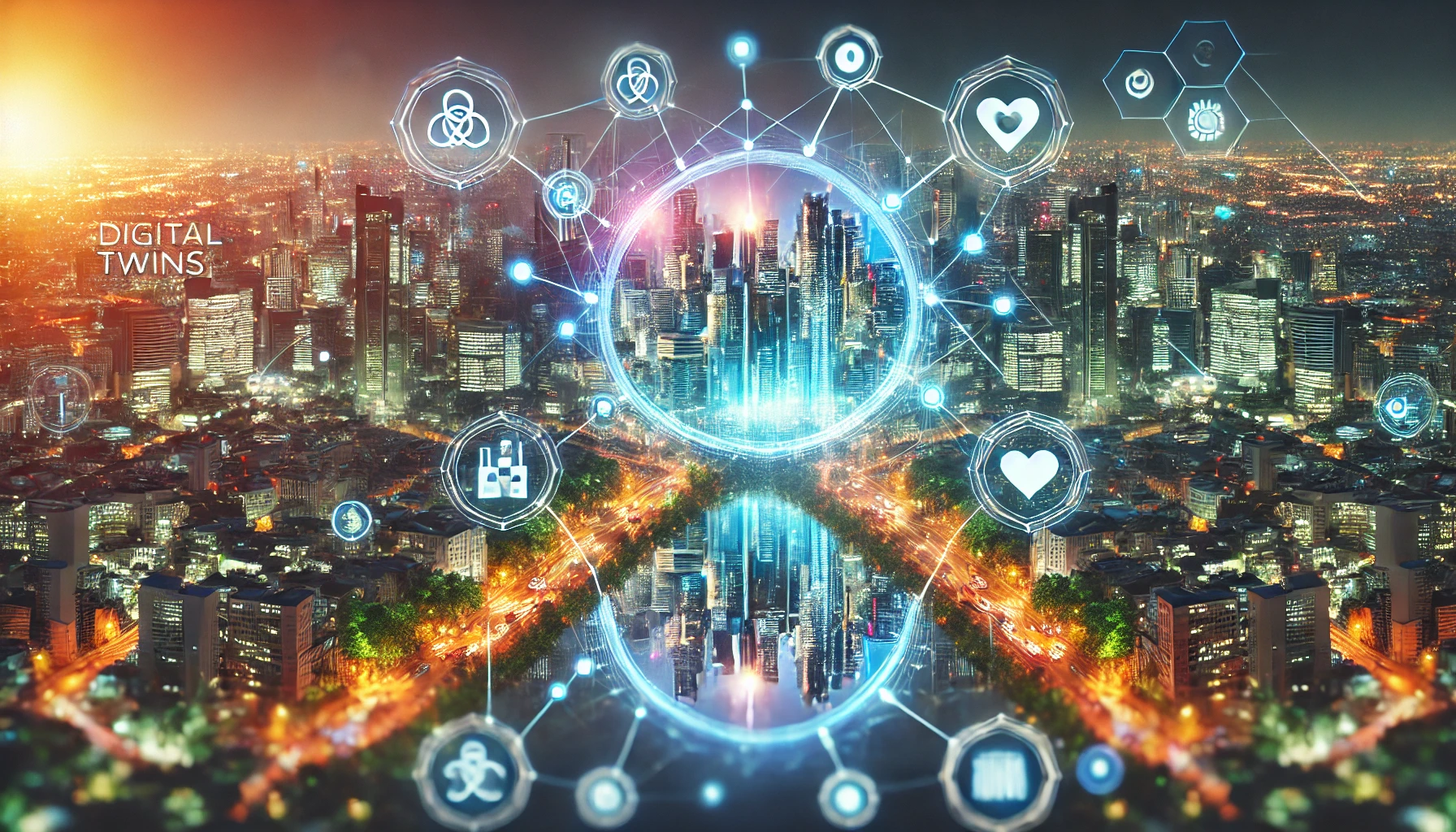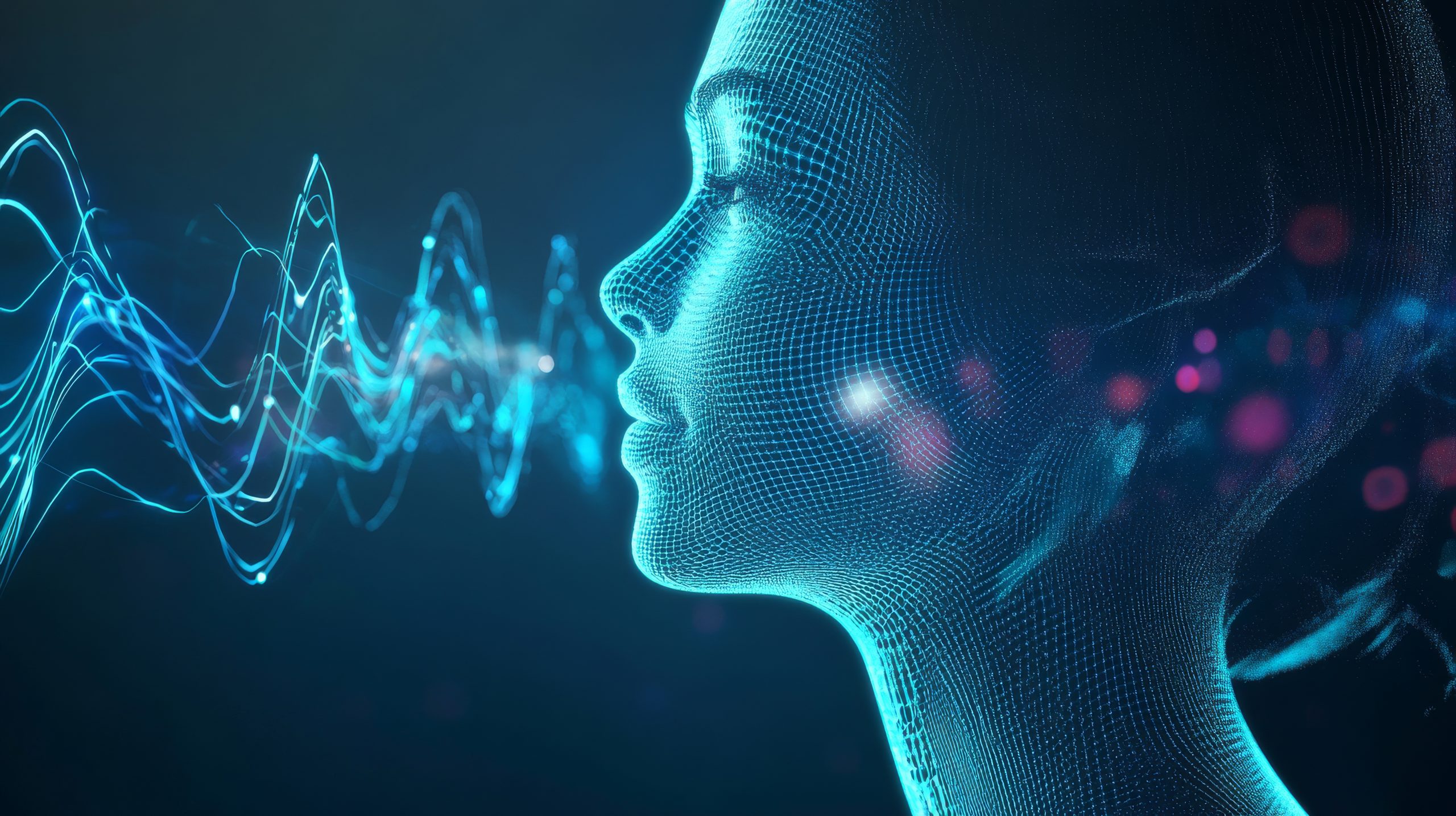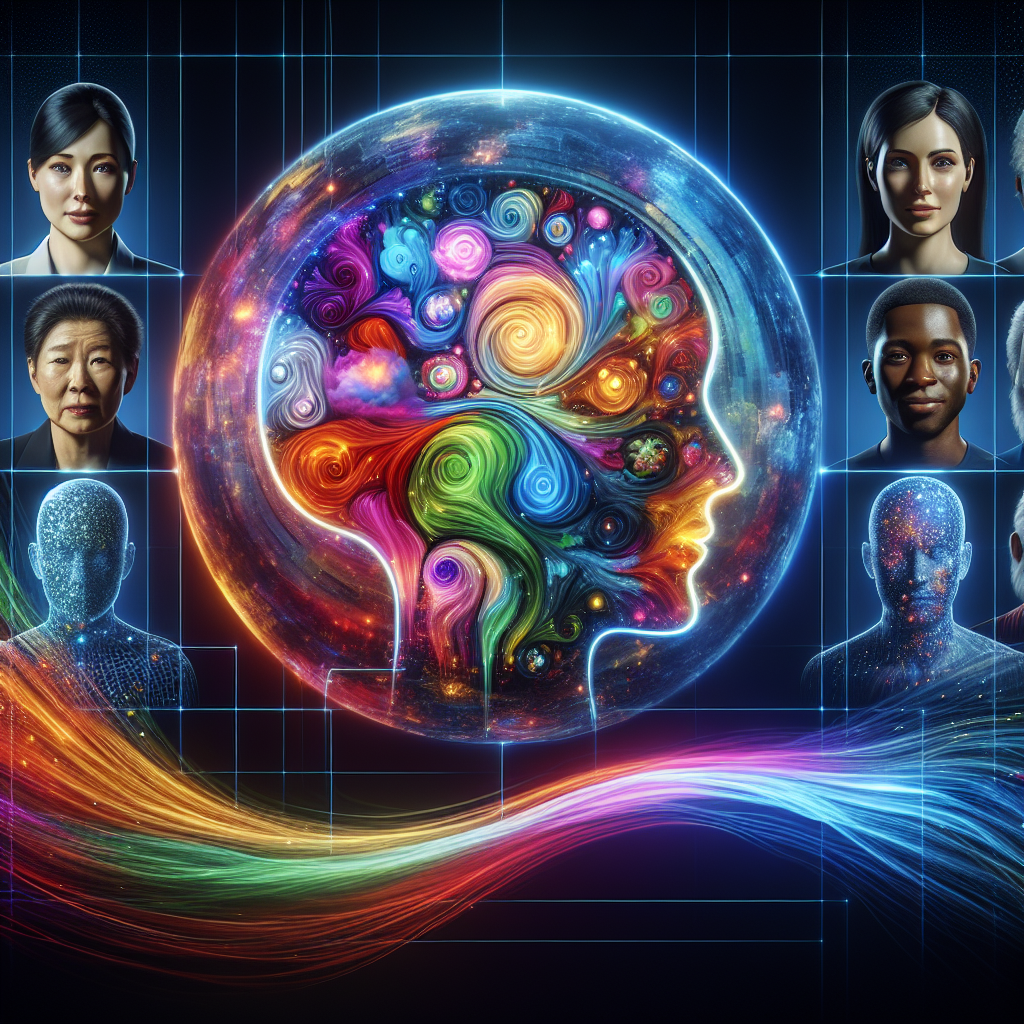Digital Twins: Bridging the Gap Between Physical and Virtual Worlds. The concept of digital twins is revolutionizing how we design, manage, and optimize physical systems. These virtual replicas of physical assets, systems, or processes allow real-time monitoring, simulation, and analysis. By bridging the physical and digital realms, digital twins enhance decision-making, reduce costs, and drive innovation across industries. This article explores the potential of digital twins, their applications, and the challenges they present.
What Are Digital Twins?
Digital twins are virtual models that replicate physical entities, enabling real-time monitoring and simulation. They use data from sensors and IoT devices to mirror the behavior, performance, and conditions of their real-world counterparts. This synchronization allows users to predict outcomes, optimize processes, and detect issues before they occur.
While the concept originated in manufacturing, it has expanded into various sectors, including healthcare, urban planning, and energy. With advancements in AI and IoT, digital twins are becoming more sophisticated and widely adopted.
Applications of Digital Twins
1. Transforming Manufacturing
In manufacturing, digital twins optimize production lines, monitor equipment health, and enhance quality control. By simulating scenarios, manufacturers can identify bottlenecks, predict maintenance needs, and improve efficiency. For example, a digital twin of a factory can analyze real-time data to optimize energy use and minimize downtime.
Predictive maintenance is a key benefit. Digital twins monitor equipment performance, predicting failures before they occur. This reduces repair costs and ensures continuous operations, aligning with the principles discussed in 5 Tech Innovations Driving Sustainability.
2. Revolutionizing Healthcare
In healthcare, digital twins are used to create personalized patient models for diagnostics, treatment planning, and monitoring. For instance, a digital twin of a patient’s heart can simulate how it responds to medications or surgical interventions, enabling precise and effective treatment.
Hospitals are also leveraging digital twins to optimize workflows and resource allocation. By simulating patient flow, healthcare providers can reduce wait times, allocate staff efficiently, and enhance patient outcomes.
3. Enhancing Urban Planning
Smart cities use digital twins to manage infrastructure, utilities, and transportation systems. By analyzing data from sensors, city planners can model traffic patterns, optimize energy distribution, and improve public services.
For example, a digital twin of a city can simulate the impact of new policies, such as road closures or renewable energy installations. This enables proactive decision-making and ensures urban development aligns with sustainability goals.
4. Improving Energy Efficiency
Energy companies use digital twins to monitor power grids, optimize renewable energy systems, and ensure reliable energy distribution. By simulating grid performance, utilities can predict and address issues before they impact consumers.
In renewable energy, digital twins model wind turbines or solar farms to maximize energy output and reduce maintenance costs. This aligns with efforts to integrate advanced technologies into sustainable energy practices.
The Benefits of Digital Twins
The advantages of digital twins extend beyond specific industries. Key benefits include:
- Enhanced Decision-Making: Real-time insights enable data-driven decisions, reducing risks and optimizing operations.
- Cost Reduction: By identifying inefficiencies and preventing failures, digital twins lower maintenance and operational costs.
- Innovation Acceleration: Simulating scenarios fosters creativity and innovation, driving advancements in products and processes.
- Environmental Impact: Optimizing resource use and energy efficiency contributes to sustainability efforts.
Challenges of Implementing Digital Twins
Despite their potential, digital twins face several challenges:
- Data Accuracy: Reliable digital twins require accurate and up-to-date data. Inconsistent or incomplete data can compromise their effectiveness.
- High Costs: Developing and maintaining digital twins involves significant investment in technology, infrastructure, and expertise.
- Cybersecurity Risks: As digital twins rely on interconnected systems, they are vulnerable to cyberattacks. Protecting sensitive data is critical.
- Integration Complexity: Integrating digital twins into existing systems can be challenging, requiring significant effort and expertise.
The Future of Digital Twins
The future of digital twins lies in increased adoption and innovation. Emerging trends include:
- AI Integration: Artificial intelligence enhances digital twins by enabling predictive analytics and automated decision-making.
- Scalability: Advancements in cloud computing make digital twins accessible to businesses of all sizes.
- Interoperability: Standardized frameworks ensure seamless integration across systems and industries.
- Real-Time Collaboration: Digital twins enable teams to collaborate remotely, leveraging shared insights for better outcomes.
As digital twins become more prevalent, they will drive efficiency, innovation, and sustainability across sectors, shaping the future of technology and society.
Conclusion
Digital twins represent a transformative leap in how we design, manage, and optimize physical systems. From manufacturing and healthcare to urban planning and energy, their applications are vast and varied. While challenges like data accuracy and cybersecurity must be addressed, the benefits of digital twins are undeniable.
For more insights into innovative technologies, explore Top 5 Emerging Technologies That Will Shape 2025.





Leave a Reply